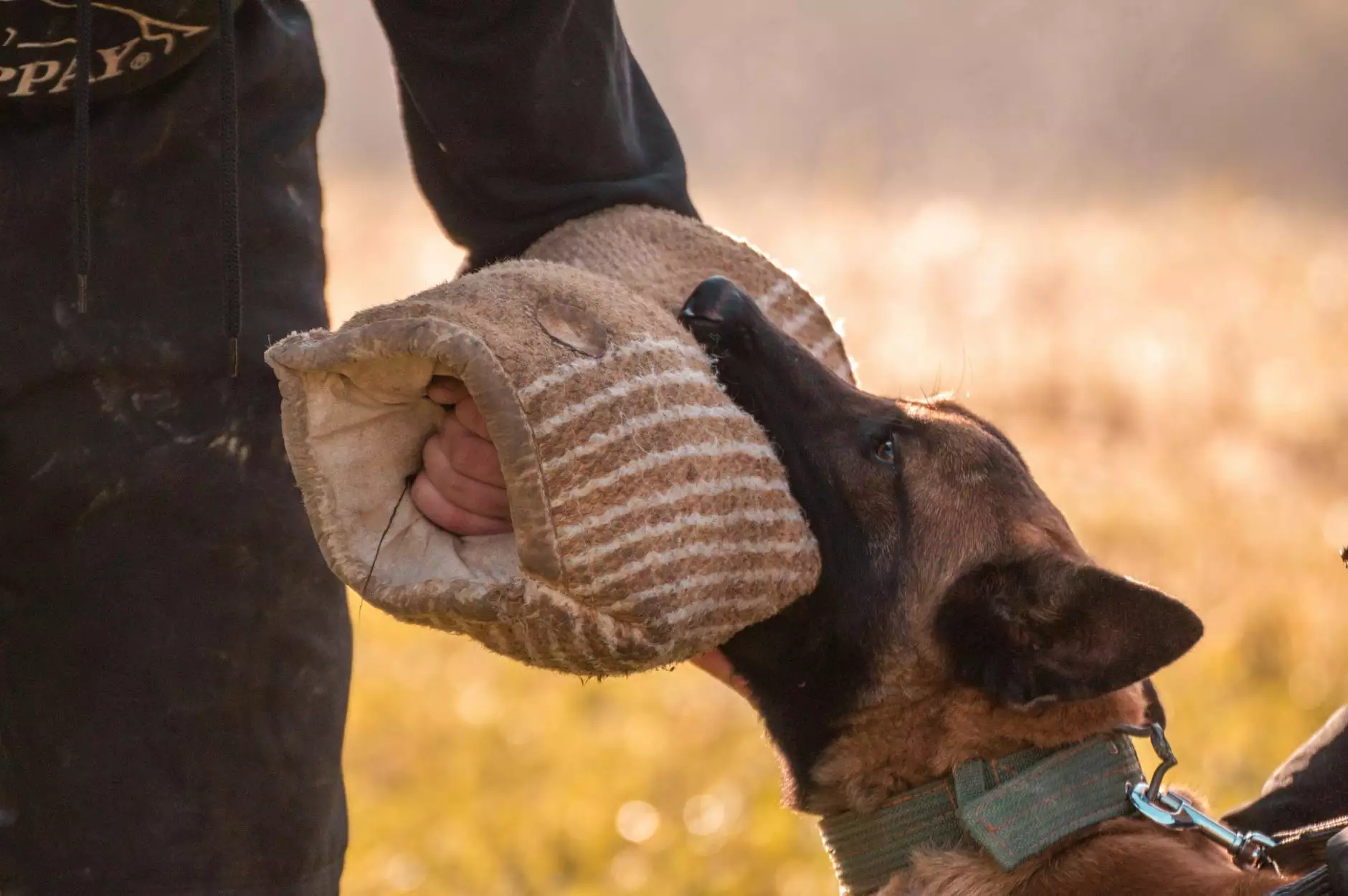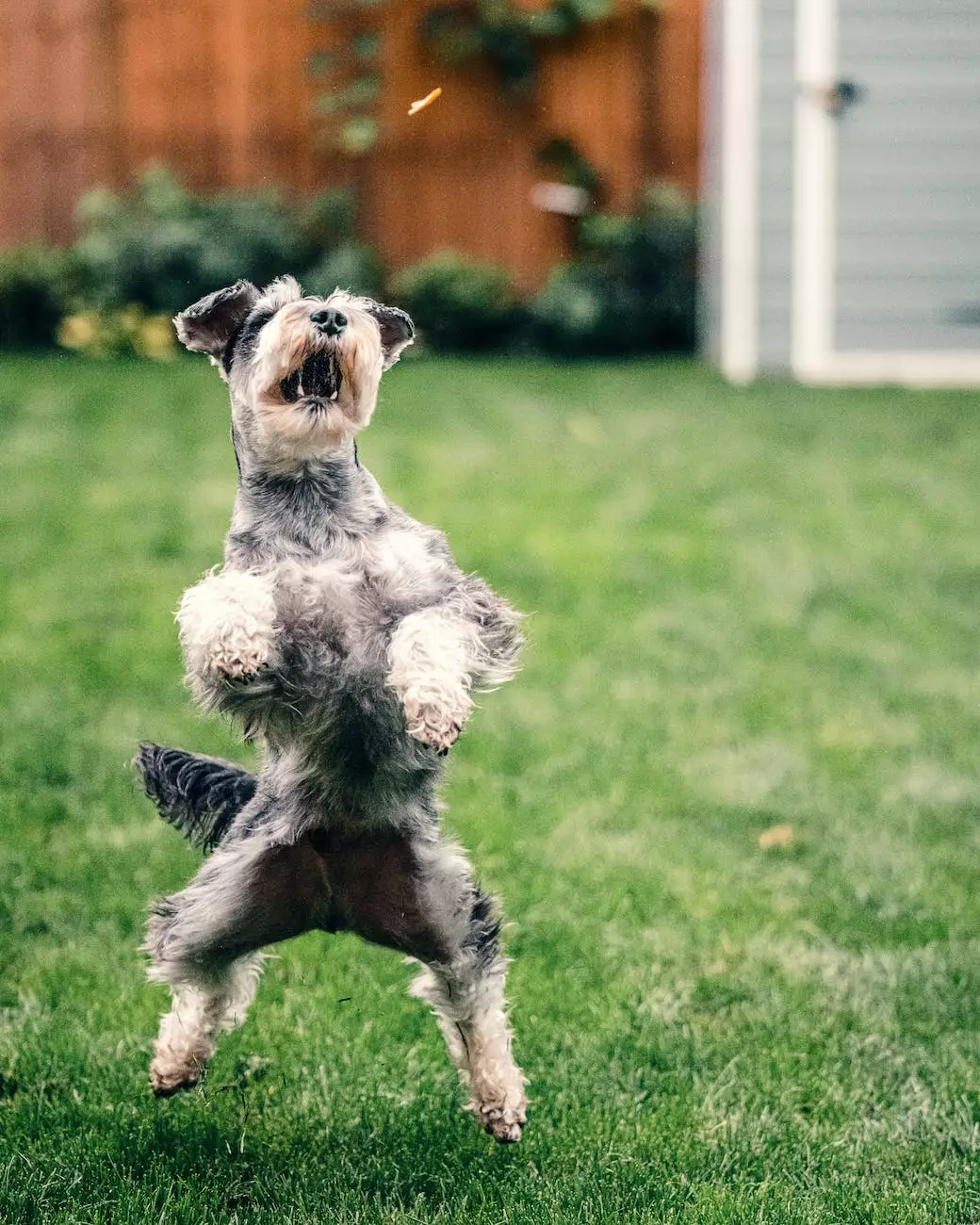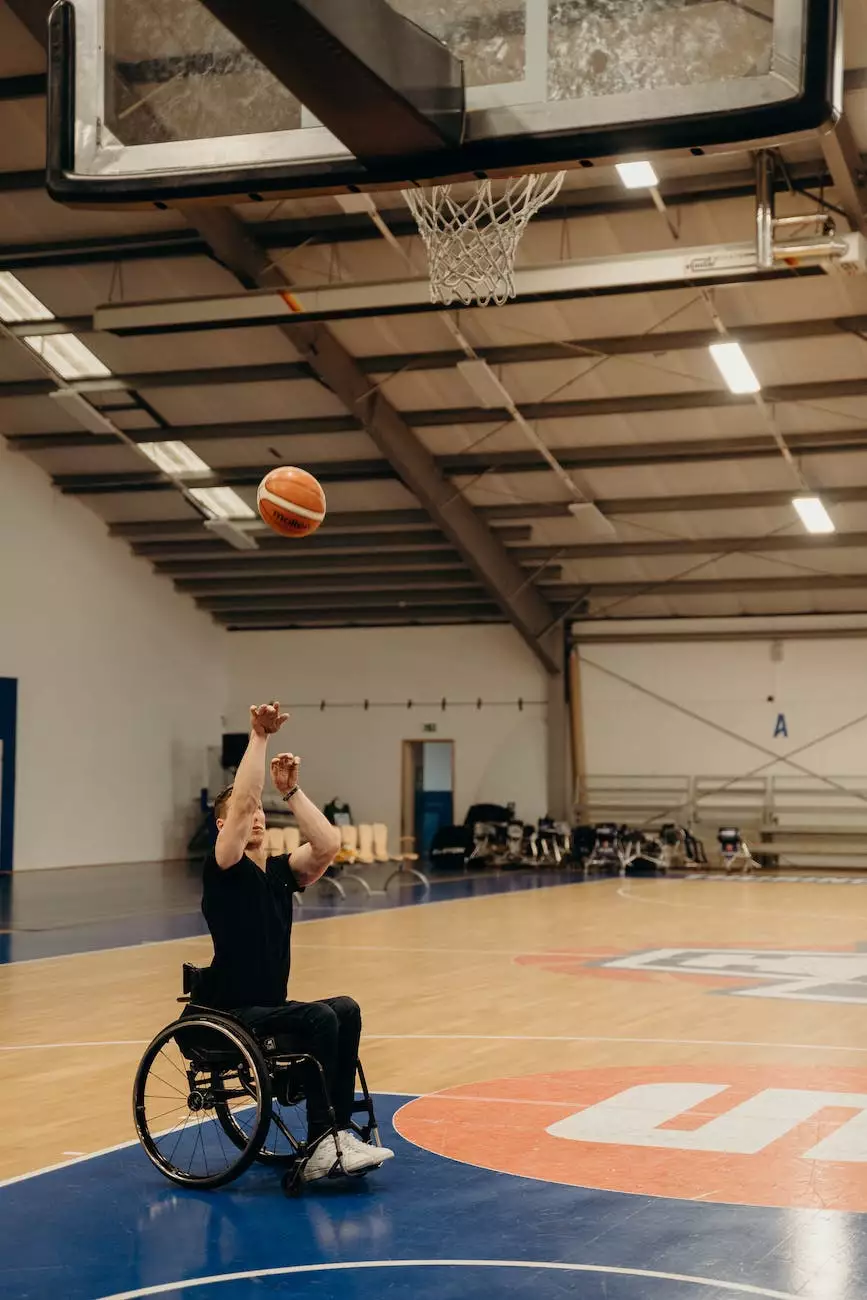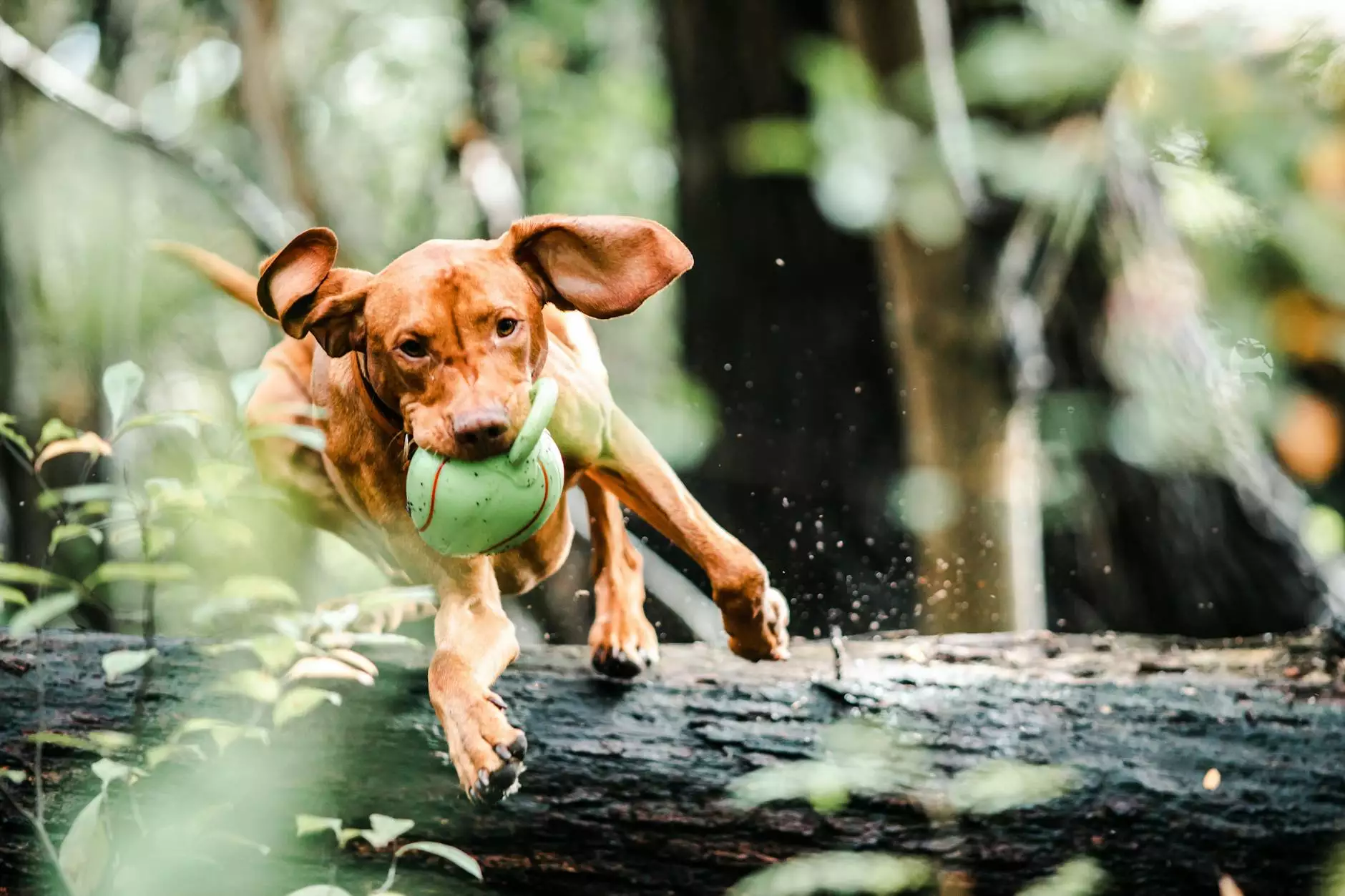Tips For Walking An Extremely Energetic Dog
Dog Care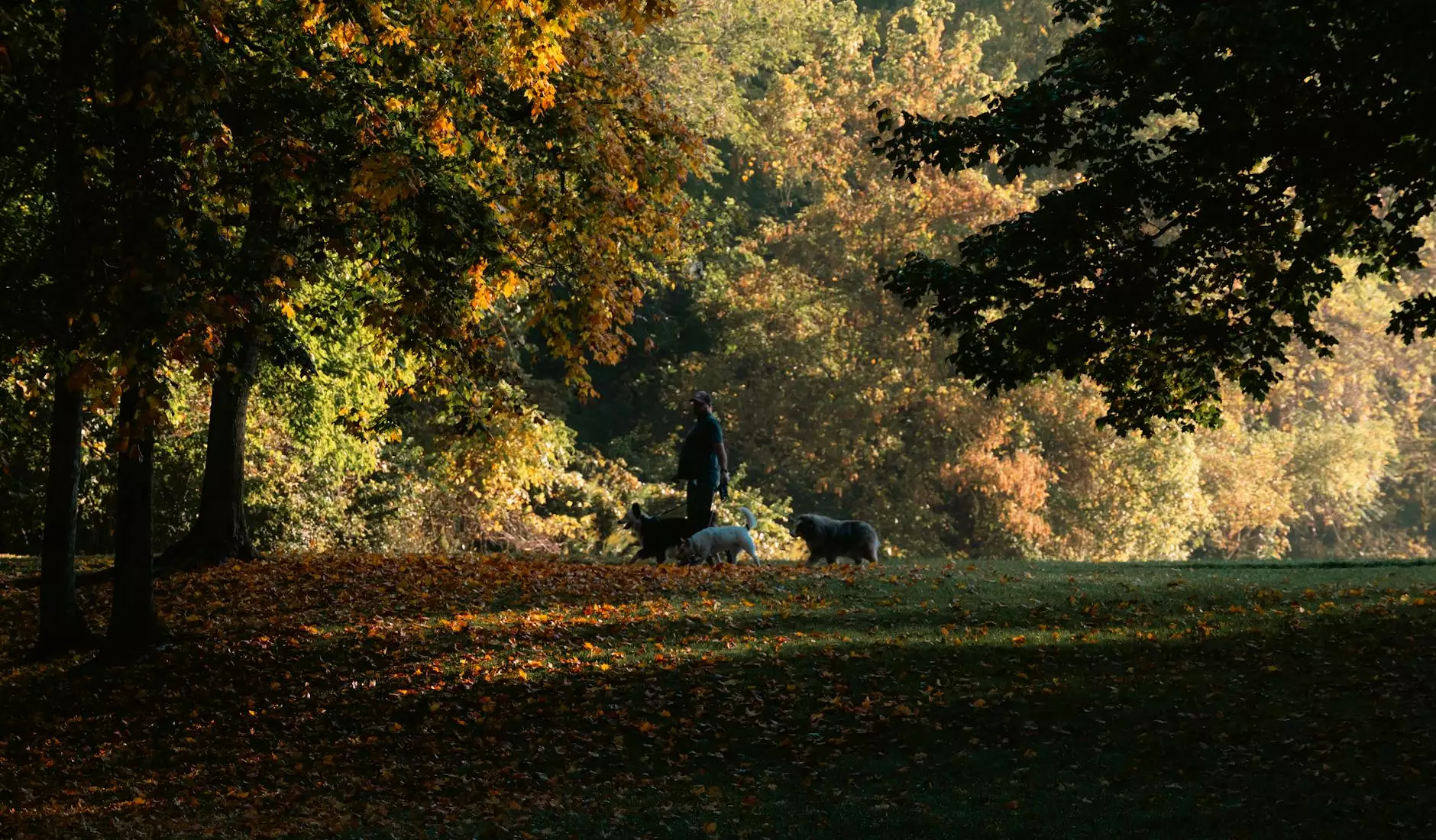
The Importance of Exercise for Energetic Dogs
Walking your energetic dog is not just about getting some fresh air, it is an essential part of their overall well-being. Dogs with high energy levels require regular exercise to release their pent-up energy, stimulate their minds, and promote good physical health. By providing your dog with the necessary exercise, you can help prevent behavior problems that may arise from boredom or excess energy.
Understanding Your Energetic Dog's Needs
Before delving into effective walking techniques, it is crucial to understand the specific needs of your energetic dog. Every dog is unique, but certain breeds are generally more energetic than others. Researching your dog's breed characteristics can provide insights into their energy levels, exercise requirements, and potential challenges you may encounter during walks.
Key Considerations for Walking an Energetic Dog
1. Start Slow: If your dog is not used to regular walks or has excessive energy, it is best to start with shorter walks and gradually increase the duration and intensity. This approach helps avoid overwhelming your dog while conditioning their stamina over time.
2. Mental Stimulation: Energetic dogs often need more than just physical exercise. Incorporate mental stimulation activities during your walks, such as introducing new scents, teaching basic commands, or playing engaging games like fetch. This combination of physical and mental exercise can tire out your dog more effectively.
3. Consistency: Dogs thrive on routine and predictability. Establish a regular walking schedule for your energetic dog to keep their energy levels balanced. Consistency helps them understand when it's time to expend energy and when to relax, leading to a more well-behaved dog overall.
4. Leash Training: Proper leash training is crucial to ensure a safe and enjoyable walking experience. Teach your dog to walk politely on a leash, without excessive pulling or lunging. Using positive reinforcement techniques, reward your dog for walking calmly beside you, and address any leash-related behavior issues promptly.
Managing Distractions during Walks
Walking an energetic dog can sometimes be challenging due to potential distractions along the way. Here are some tips to manage these distractions effectively:
Avoiding Overstimulation
- Choose quieter walking routes initially to minimize exposure to excessive noises, unfamiliar surroundings, and other dogs or people. Gradually introduce busier environments as your dog becomes more comfortable and responds better to distractions.
- Maintain focus and engage with your dog during walks to keep their attention on you. Use treats, toys, or verbal praise to reward your dog's good behavior and redirect their attention from potential distractions.
Socialization and Training
- Socialize your energetic dog from an early age to ensure they build positive associations with other dogs and people. Attending obedience classes or hiring a professional dog trainer can help refine your dog's social skills and reduce their impulse to react to external stimuli during walks.
Tips for Encouraging Good Behavior
To promote good behavior during walks with your energetic dog, consider the following:
Positive Reinforcement
- Utilize positive reinforcement techniques, such as treats, praise, and affection, to reinforce desired behaviors. Reward your dog for walking calmly, staying focused, and responding to your commands, which encourages them to repeat these behaviors in the future.
Reward-Based Training
- Incorporate reward-based training methods to teach your dog essential commands like "sit," "stay," and "heel." By providing clear direction and rewarding correct responses, your dog will learn to walk alongside you, making your walks more enjoyable and manageable.
Conclusion
Walking an extremely energetic dog can be a rewarding experience when approached with the right mindset and techniques. By understanding your energetic dog's needs, implementing proper training, and managing distractions effectively, you can transform your walks into enjoyable and beneficial experiences for both you and your furry friend.
